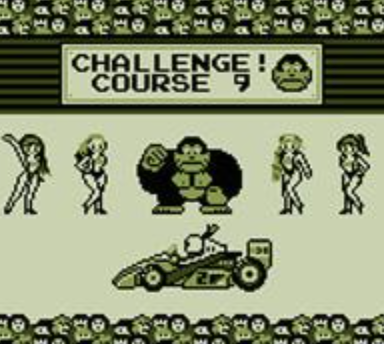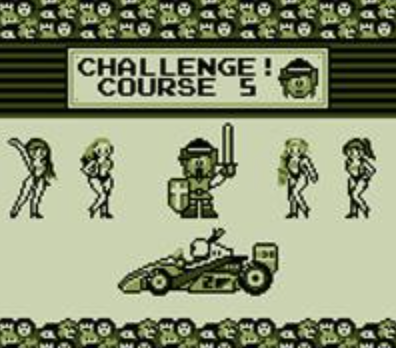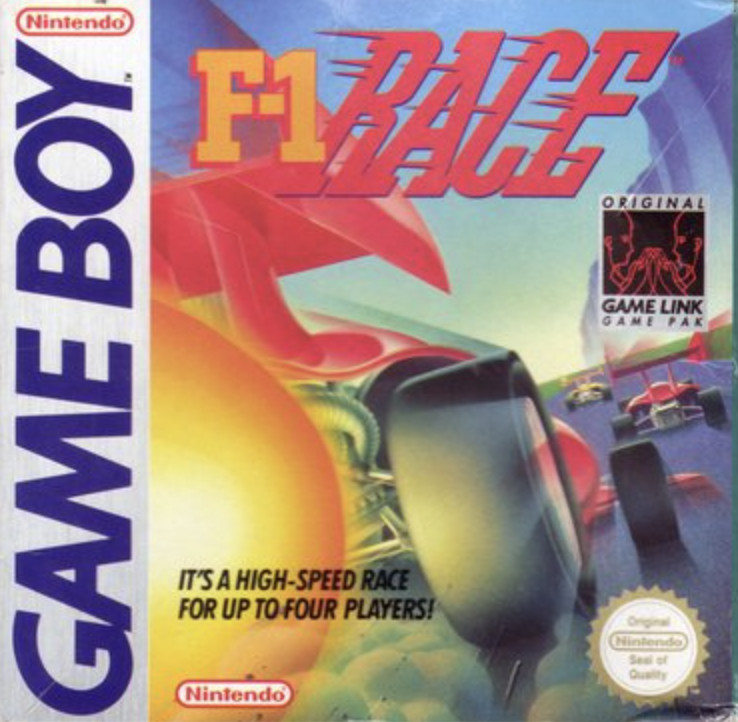Six years after Nintendo conquered Japanese living rooms with a home video game console known as the Family Computer (the device that would become the Nintendo Entertainment System outside of Japan), Nintendo established an absolute iron grip on the portable gaming market with a device humbly called the Game Boy.
Unlike Nintendo’s previous line of portable electronic games, the LCD-screened Game and Watch series, the Game Boy used interchangeable cartridges just like the NES to create an ever-expanding library of both unique games and familiar titles reimagined for a smaller (but portable) device.



Released exclusively for the Famicom, F-1 Race is a bare bones Formula One-inspired game for its time. Like Namco’s Pole Position, players sped through various tracks trying to complete laps before time ran out. No muss no fuss, just straight up basic game play that simulated the real deal close enough to pass for a decent Formula One approximation. Things got a little more interesting when the game received a port for the Game Boy.
Unlike its Famicom predecessor, the Game Boy version of F-1 Race did make it out of Japan. What’s more, it came packed with a unique piece of Nintendo hardware, the four-player adapter. Provided you could round up three friends and four Game Boys (not to mention a few heavy pocketfuls of AA batteries) you could experience the absolute pinnacle of portable, multiplayer racing in 1990.
Sure, the Famicom version had a few things over the Game Boy version, like different colors and the ability to play on a screen that illuminated itself, but the ability to play anywhere and directly compete against your pals lapped the original as far as we’re concerned.
F-1 Race on Game Boy featured two Formula One machines, “Type A” and “Type B,” each with slightly different stats. Like the original game, players competed for placement while also trying to complete laps before the timer ran out. Head into a turn too hard and you might slip off the track and into an oncoming sign, temporarily halting your progress. When a challenge race, and you’d be rewarded with a special visit from Nintendo characters like Mario, Donkey Kong, Samus Aran, and even Pit from Kid Icarus.
Ultimately, Nintendo would permanently garage the series after the Game Boy outing. We’re not naming names on who’s to blame, but it’s worth mentioning that the original Mario Kart was published on the SNES only a couple of years later.

